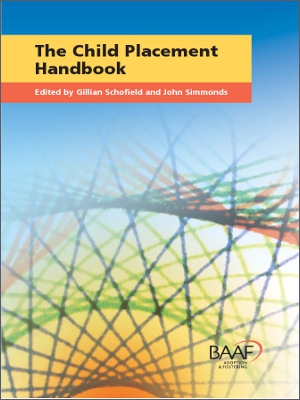
The child placement handbook eBook only
Child placement research plays an important part in informing and supporting the complex roles and difficult decisions of social workers, thus increasing the likelihood that professional judgements will lead to better outcomes for children and families. This authoritative collection of reviews of research on key aspects of child placement, written by renowned and leading academics and practitioners, provides access to a wealth of knowledge and wisdom across diverse child placement issues, in one comprehensive book.
Authors from research and practice set out and evaluate the evidence in diverse aspects of child placement: its strengths, its limitations, and implications for future policy and practice.
This book is for all qualifying, post-qualifying and experienced social workers and social work managers looking to improve their child placement practice.
This title is now only available as an eBook which you can purchase at our eBookstore together with a range of many other of our popular titles which you can access via your browser or the dedicated app.
Questions about eBooks? Check out our FAQs
HARD COPY
Sorry, but this book is currently out of stock.
Reviews
This is an important text. It is highly successful in identifying the most important and useful information in relation to each of the topics covered and making it readily accessible. The synthesis of research is outstanding.
Andrew Hill, lecturer in social work, University of York, British Journal of Social Work
Besides bringing the material from different studies into a single volume, the discussion is refreshing, stimulating, not short of ideas and presented in a reader-friendly way. It is not often that an edited book can be of such consistently good quality. It may be some years before another such book appears and it should be treated as a kind of encyclopaedia of child placement.
Satnam Singh, Senior Manager, Office for Children, Youth and Family Support, ACT, Australia, Adoption & Fostering
